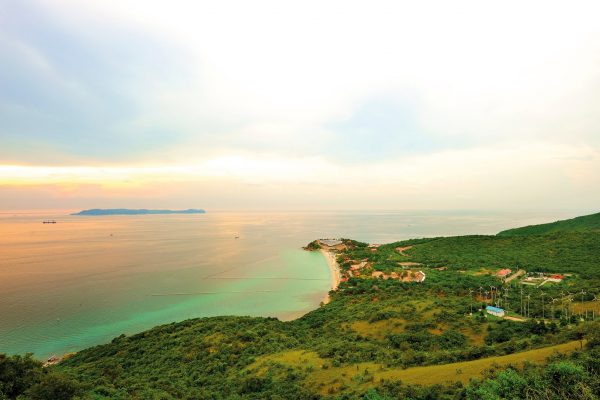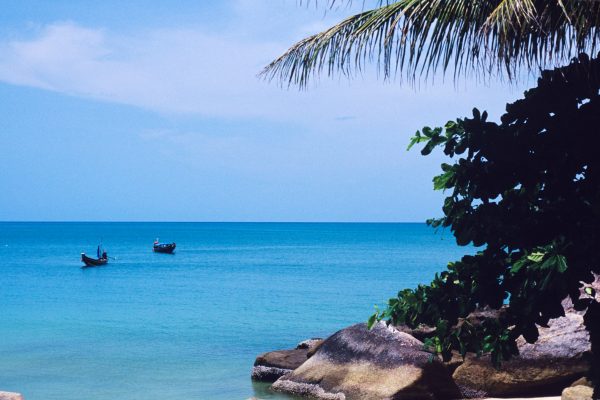
Ko Samui
Ko Samui is a very well-known island, situated in the Gulf of Thailand, 84 kilometers eastward to Surat Thani Province. The area covers approximately 247 square kilometers. There are roads and streets (Tawee Rat Pakdee Roads) around the island with 53 kilometers long. One-third of the island area is a plain surrounded by mountain. From January to May, the wind calms so it is a right time for traveling. Ko Samui has many spectacular and off-white beaches, such as Hat Chaweng, Hat Na Tian, Hat Taling Ngam, and Hat Lamai. Ko Samui is a perfect place for those who want to experience the beauty of long coastline alongside the sea, coconut trees along coastline, and crystal-clear water. These charms make those who had visited Ko Samui wish to come back to the island again and again. Fresh seafood is also another charm of Ko Samui. Both Thai and foreign tourists call Ko Samui “Paradise in the Gulf of Thailand.” There is still another distinctive tourist attraction-Hin Ta Hin Yai. It is located at Ao Lamai. Hin Ta Hin Yai is a natural phenomenon caused by the erosion of the sea water on granite. The erosion results in peculiar formation of the rocks like male and female genitalia. The tourists who travel to Ko Samui usually take photos with it, so it can be counted as a prominent point of Ko Samui. Along the walk side to Hin Ta Hin Yai, there are a number of souvenir shops, selling products from coconut shells, coconut oil, and the most well-known souvenir-Kalamae, a soft sweet candy-in a reasonable price. Apart from its wonderful scenery and its clear water, there are also some relaxing activities at Ko Samui such as water therapy by showering or bathing with mineral water or hot water, massage therapy, or botanical therapy using natural aroma for relieving. Both hotels and specialized spa centers provide these activities with relaxing atmosphere, convenience, and excellent service. The tourists will truly feel relaxed. Aside from its natural beauty and convenience, Ko Samui also offers its local art and culture, which has been the root of many communities’ history, to the tourists at Wat Samret, Wat Lamai, and Chedi Laem Sor, for example.



